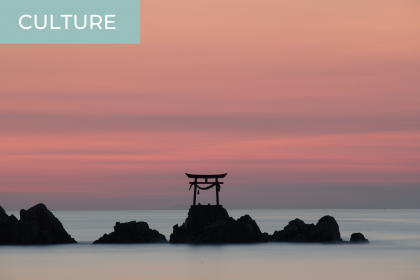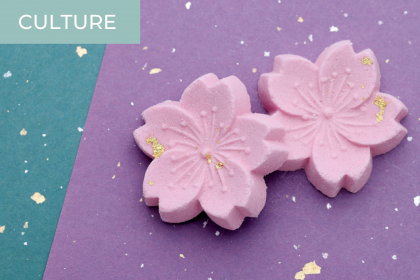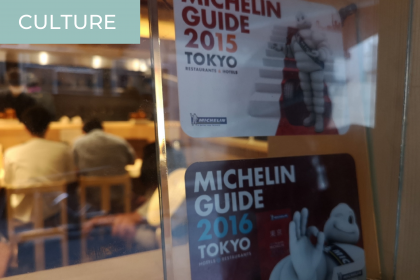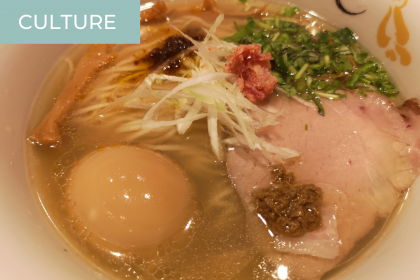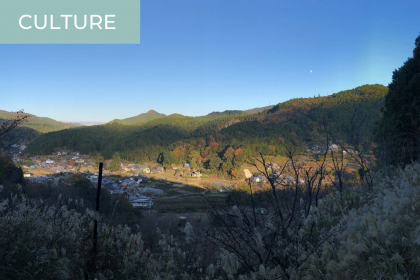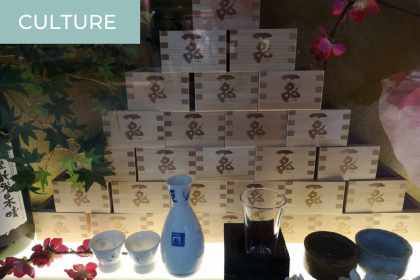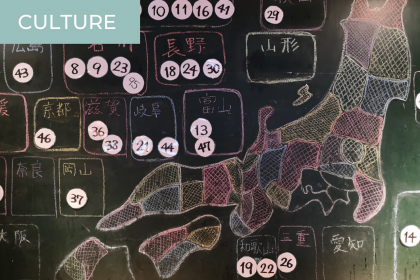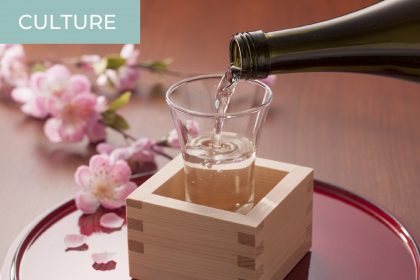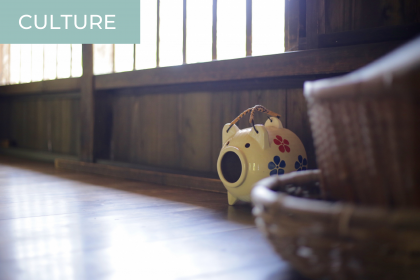During my recent interview with Sathi, she mentioned kotodama as one of the Japanese concepts she tried to integrate into her everyday life. She summed it up as follows: “When you say good things, good things will happen.” This made me want to know more and do further research on this concept. Here is what I found….
What Is Wasanbon, the Traditional Japanese Sugar?
Japanese food culture’s popularity has increased worldwide during the last few years and its sweets are also gaining more attention. Among them, there is wasanbon, a kind of sugar often presented in traditional shapes and colorful designs. But aside from its aesthetics, what makes it different from other sugars? Wasanbon, an “Upper-class” Sugar Wasanbon is a…
How to Bathe in Japanese Onsen and Public Baths
“Do you prefer taking a shower or a bath?”If you have the opportunity to communicate with Japanese people, this question might pop up during conversation. Japanese people’s curiosity towards foreigners’ habits in the matter can be surprising at first. The fact is bathing is an important part of the Japanese way of life. Taking a…
Three Tokyo Ramen Restaurants Featured in Michelin Guides
If you are interested in Michelin restaurants and the Japanese dish of ramen, you’ve no doubt heard of Tsuta and Konjiki Hototogisu: both places have been awarded one Michelin star each. Consequently, both have extremely long lines. However, the Michelin’s guide’s love story with Japan’s number one fast-food dish doesn’t stop there. In this article,…
Soba House Konjiki Hototogisu – a Michelin Ramen Restaurant near Shinjuku Gyoen Park
What is the number one ranked ramen restaurant in the Shinjuku area? There are several ranking sites for ramen but recently the “ramen database” (in Japanese only) has started appearing frequently in my search results. Their number 1 ramen restaurant in the Shinjuku area is Soba House Konjiki Hototogisu (Konjiki for short), a one-star restaurant…
Three Days in Kamiyama, Tokushima: A Rural Revitalization Success Story
Ryuji Nakayama is a man on a mission. After toiling away for 21 years as one of Japan’s salarymen, Nakayama-san found himself captivated by the alluring countryside lifestyle of Kamiyama, a rural village in Tokushima Prefecture on the island of Shikoku. His sojourns to Kamiyama made such an impact that he decided to pack up…
How to Order Sake – Know the Measurements
Have you ever been asked in a restaurant whether you wanted a shaku or ichigo? Have you ever worried about getting too much (or too little) to drink? Have you ever wondered, “How do I drink this?”? Japanese sake measurements can seem quite random and the reasons why are lost in time. However, if you…
How to Choose Sake – Check the Prefecture
If you are interested in sake then it’s important to understand what factors can influence its taste. One factor is the place where it was brewed. Until recently, sake was mostly brewed and consumed locally, and thus acquired distinct regional styles. Sake brewed in different parts of Japan can vary in taste considerably. In this…
How to Choose Sake
When one thinks of Japan, one thinks of Japanese sake. If you are visiting Japan, you’ll certainly want to try some and maybe even bring back a bottle as a souvenir. However there are many different kinds of sake, with different tastes and drinking-styles. How can you choose one to try or buy among the…
The Pig Incense Burner and Other Cute Japanese Summer Souvenirs
Here are three typical Japanese items easy to find in the summer that are small, cute, and make perfect souvenirs. 1: The Pig Incense Burner and Mosquito Repellent During the summertime in Japan, you can smell the delightful aroma of incense burning in houses and hotels. This incense, green and spiral-shaped, is called katori senko (senko…

